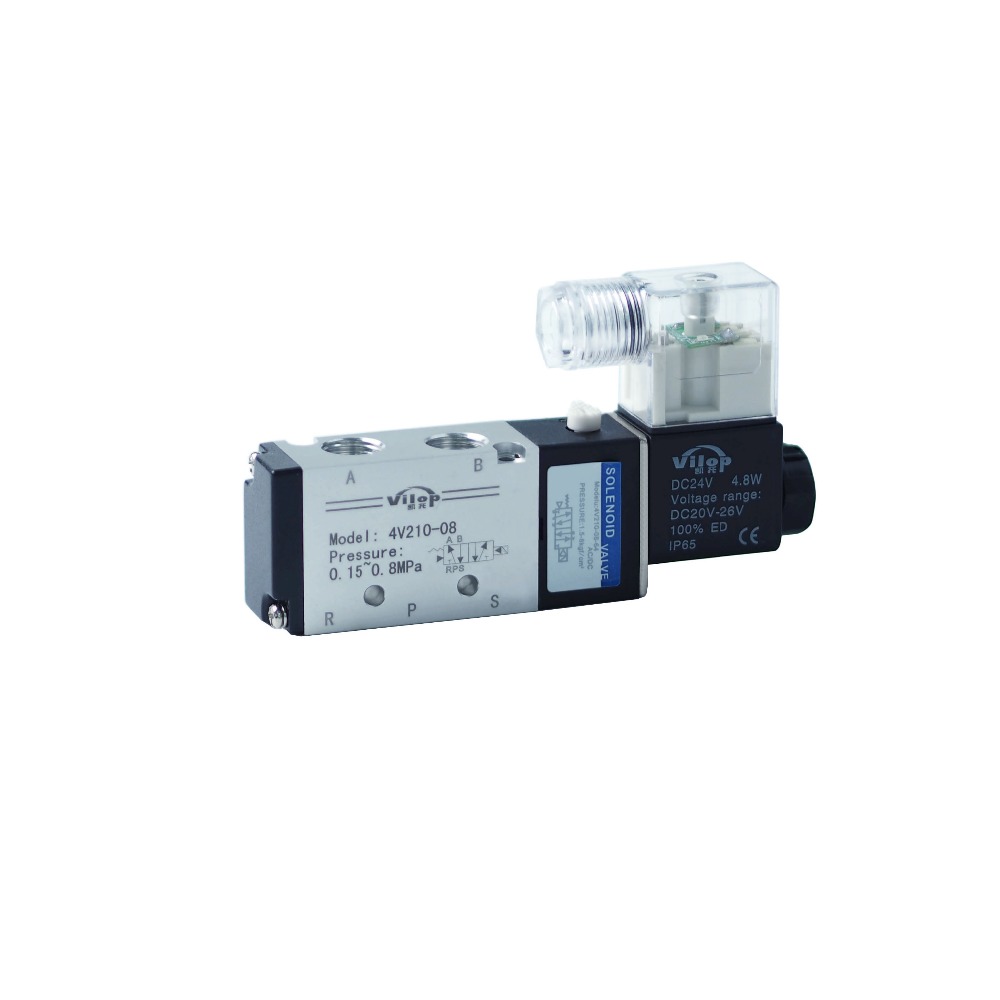- All
- Product Name
- Product Keyword
- Product Model
- Product Summary
- Product Description
- Multi Field Search
Views: 139 Author: Site Editor Publish Time: 2022-04-14 Origin: Site

Pneumatic valve is also called pneumatic solenoid valve, which is the most used automatic valve driven by compressed air. When purchasing pneumatic valve parts, the procurement requirements include specifications, categories, and pressures. But some people often ask about the function of the solenoid valve components. For example, when you should choose a 2-position solenoid valve? And when you should choose a 3-position solenoid valve? How to determine the median function of a 3-position solenoid valve? Here we will talk about this issue.
In fact, the choice between a 2-position solenoid valve and a 3-position solenoid valve mainly depends on how many working positions the cylinder actuating element has. If the cylinder has only two end-point working positions that extend and retract, then you may choose a 2-position solenoid valve. If the cylinder needs to be increased position stop function, you may choose 3-position solenoid valve. But you should know that usually the 2-position solenoid valve is divided into single electric control and double electric control. The spool resets when the control signal is removed for the single electric control solenoid valve, because there is one less solenoid valve, the cost is lower as well. When there is a signal at one end of the control port of the double electric control solenoid valve, the spool switches. When the control signal is removed, the spool can keep the original position unchanged. From the perspective of safety, it is better to choose dual electric control. Once the power is cut off, the cylinder can remain in its original state.
We know that the neutral position of a 3-position solenoid valve usually has three functions: closing, decompression and pressurization. When there is no control signal on both sides, the spool relies on the return spring to center. Each port of the middle-sealing solenoid valve is closed, and the control cylinder is stopped at any position or emergency stop. Because of the compressibility of the air, the stopping accuracy is not high, which is usually more than a few millimeters.
When the air inlet of the center discharge solenoid valve is closed, the 2 outlets are connected to the exhaust port. It is suitable for releasing the air pressure when the horizontally installed cylinder is stopped in an emergency in order to ensure safety. Because the cylinder is in a free state, it is easy to adjust and work. When the inlet of the medium pressure solenoid valve is connected to the two ports at the same time, a pressure reducing valve is installed on the rodless side circuit of the cylinder to achieve a fast mid-stop, which is faster than the mid-sealing type, and the accuracy is higher, though a small amount of leakage can still maintain the mid-stop. However, because a balanced circuit is used, it is not suitable for occasions where the load changes.
In the current market economy environment, pneumatic valve manufacturers are carrying out different innovations in order to compete on market. Therefore, it is necessary to make detailed technical requirements when purchasing.